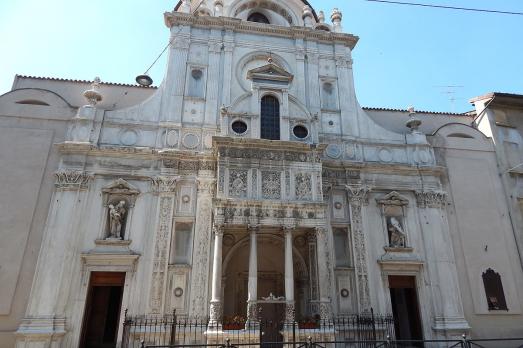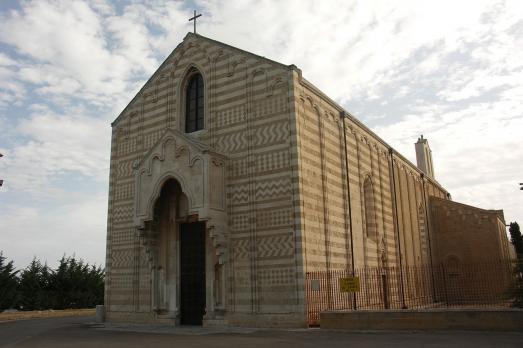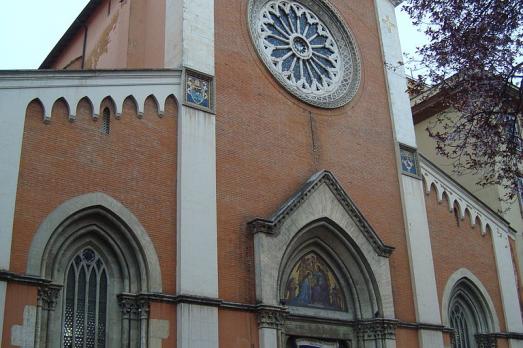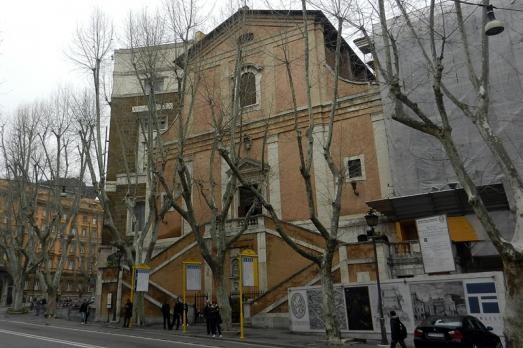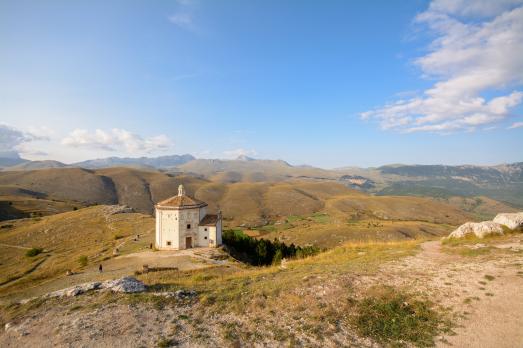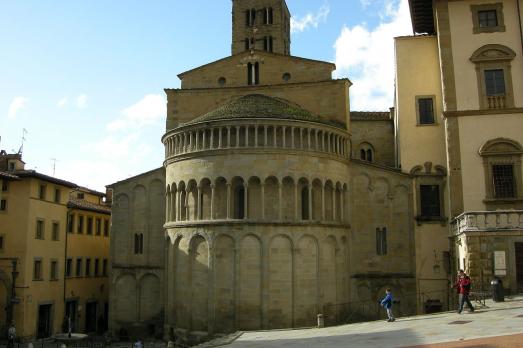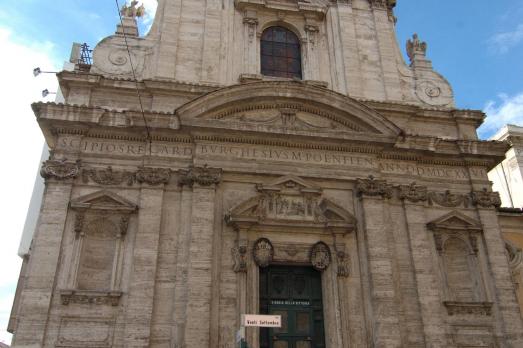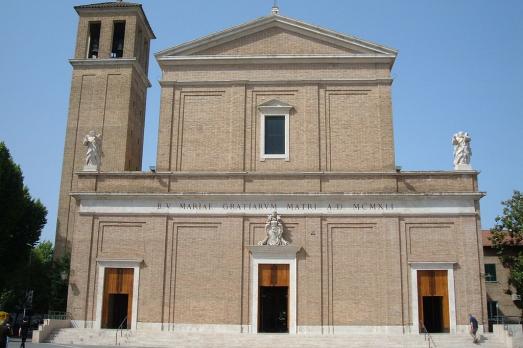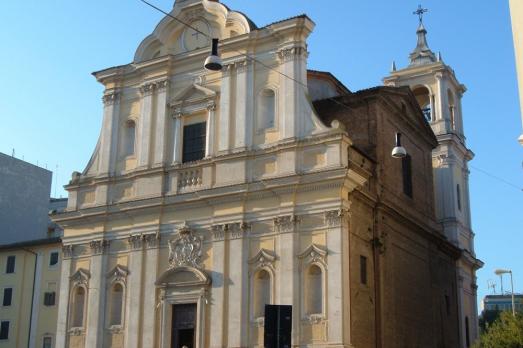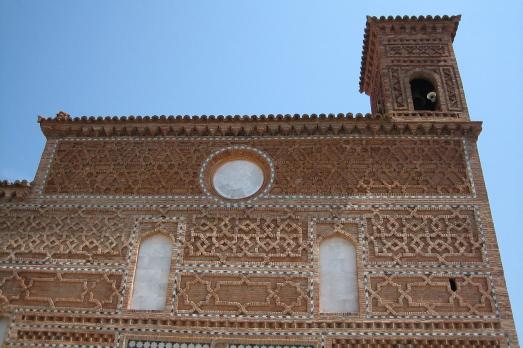
Church of Santa María de Tobed
Tobed, ES
The church of Santa María de Tobed is a fortress-Gothic-Mudejar church built between 1356 and 1385. Erected by the Order of the Holy Sepulchre of Calatayud, it is a prototype of a church fortress, a concept unique in Spain at the time. On the outside, it is designed for defence, with a peripheral gallery and a defence radius. It is a UNESCO World Heritage Site with 6 other Aragonese monuments.
